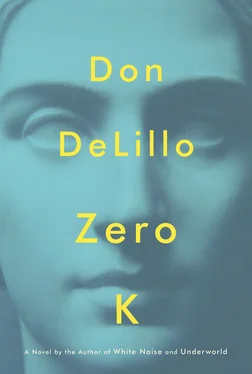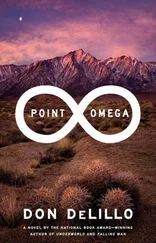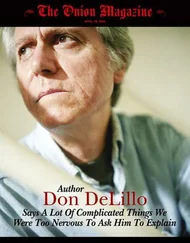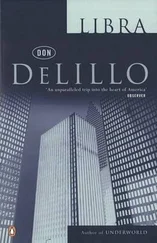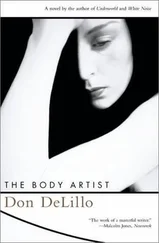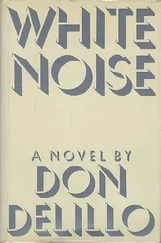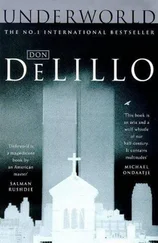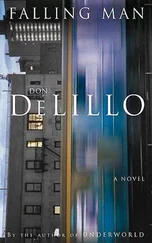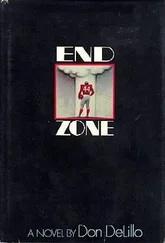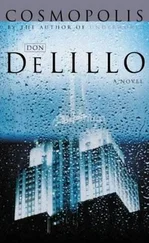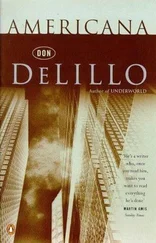The sweatshirt was black, sleeves protruding from the cloak. He placed his fork on the plate and sat back. I stopped eating and waited. He could have been sitting in a weary café in a lost corner of some large city, an eccentric figure of the type who is left alone by others, a man often seen but nearly never spoken to. What’s his name? Does he have a name? Does he know his name? Why does he dress that way? Where does he live? A man warily regarded by those few who’ve heard him deliver a monologue on one or another subject. Deep voice, unslurred, interior, and remarks too scattered to warrant a sensible response.
But the Monk wasn’t that man, was he? The Monk had a role here. He spoke to men and women who’d been placed in a shelter, a safehold, people in the last days or hours of the only life they’d ever known, and he had no illusions about the sweeping promise of a second life.
He looked at me and I knew what he saw. He saw the figure of a man hunched sort of sideways in a chair. The look told me nothing more than that. The food I was chewing told me it could conceivably be meat.
“I needed to do something, do more than pledge to run alongside, do more than say something or wear a certain garment. How do we stand with others when the things that separate us are imposed at birth, when the separation haunts us and follows us day and night?”
His voice began to carry a storytelling tone, a sense of recitation, self-remembrance.
“I decided to make a journey to the sacred mountain in the Tibetan Himalayas. A great white icy pyramid. I learned all the names of the mountain in all the languages. I studied all the histories and mythologies. It took many days of hard travel just to reach the area, well over a week, finally, the last day on foot. Masses of people arriving at the base of the mountain. People crowded into open trucks with bundled possessions hanging from the sides and people tumbling out and milling about and looking up. There’s the summit washed in ice and snow. The center of the universe. People with yaks to carry supplies and tents. Tents pitched everywhere. Prayer flags draped everywhere. Men with prayer wheels, men in woolen face masks and old ponchos. All of us here to make the circumambulation of the high rim at five thousand meters. I was determined to follow the trail in the most demanding manner. Take one step and then fall to the ground in body-length prostration. Rise to my feet, take one step, then fall to the ground in body-length prostration. It would take days and then weeks, they told me, for someone not raised and trained in the age-old practice. Thousands of pilgrims every year for two thousand years, walking and crawling beneath the summit. Blizzards in June. Death in the elements. Take one step, then fall to the ground in body-length prostration.”
He spoke about levels of devotional stillness, states of meditation and enlightenment, the fragile nature of their rituals. Buddhists, Hindus, Jains. He wasn’t looking at me now. He looked at the wall, spoke to the wall. I sat with fork in hand, suspended between the plate and my mouth. He spoke about abstinence, continence and tantric bliss and I looked at the meatlike specimen at the end of my fork. This was animal flesh that I would chew and swallow.
“I had no guide. I had a yak to carry my tent. Thick brown hairy thing. I kept looking at it. All brown and shaggy, a thousand years old. A yak. I sought advice on whether I should make the trek in clockwise or counterclockwise fashion. There are codes of conduct. The distance would be fifty-two kilometers. Uneven terrain, altitude sickness, snow and fierce wind. Take one step and fall to the ground in body-length prostration. I carried bread, cheese and water. I ascended the main path. I saw no Westerners, there were no Westerners. Men wrapped in horse blankets, men in long robes, men with little wooden shoes fitted to their hands, clogs fitted to their hands to protect against the pebbles and stones as they crawled. Reach the level of circumambulation. Follow the rocky trail. One step or stride and fall to the ground. Body-length prostration. I stood outside my tent and watched them walk and crawl. It was methodical work. They were not showing fervor and holy emotion. They were simply determined, faces and bodies, doing what they’d come here to do, and I watched. There were others standing and resting, others talking, and I watched. I intended to do this, fall to my knees, stretch full-length on the ground, make a mark in the snow with my fingers, speak several meaningless words, inch ahead to the mark made by my fingers, rise to my feet, take a breath, take a step, then fall to my knees again. Parts of my body would lose all feeling in the cold and cutting wind. Those who aspire to total emptiness. Those with foreheads forever cut and bruised from bending to the earth, from kneeling and bowing down and striking the earth. I intended to do this, take a step, fall to my knees, bow to the earth, inch ahead to the mark made by my fingers, speak several nonwords for every step I take.”
He kept reminding himself what he’d hoped to do and the repetition was beginning to sound stressed. Could the words reframe the memories? He stopped speaking but kept remembering. I could see him outside his tent, tall man, bareheaded, shrouded in layers of castoff clothing. I knew I wasn’t meant to ask whether he’d managed to crawl for an hour or a week. But I responded to the act itself, the principle of it, the man’s intentions, so far outside my own fragmented visions, a thing for others, blunt and punishing and filled with steep traditions and simple reverence.
In time he resumed eating and so did I. It occurred to me that my sensitivity to the meat on my fork was completely phony. I didn’t feel guilty, even if it was yak meat. I chewed and swallowed. I was beginning to understand that every act I engaged in had to be articulated at some level, had to be performed with the words intact. I could not chew and swallow without thinking of chew and swallow . Could I blame the Stenmark twins? Maybe I could blame the room , my room, the introspective box.
He looked at me again.
“The thinness of contemporary life. I can poke my finger through it.”
Then he looked past me and stood with glass in hand and took a last swallow before returning the glass to the table and walking toward the door. I glanced over my shoulder to see a man in the doorway wearing a soccer jersey and sweatpants. The Monk followed him out and I pushed away my table and followed them both.
Pure impulse allows the body to do the thinking. The Monk was aware of my action but said nothing. At the end of the second long hall the escort turned and saw me and he and the Monk exchanged remarks in what I took to be one of the Turkic languages of the region. Then the escort gestured for me to lift my arm waist-high and he took a small pointed instrument from a narrow pocket in his trousers and touched it to the disk on my wristband. I took this to mean that I could now gain admission to areas previously restricted.
We three entered an enclosure and as the access door slid shut behind us I became faintly aware of motion that may have been horizontal, a whispered glide at a speed that I could not estimate. Time seemed also beyond my ability to measure. There was a sense of temporal blur and it could have been seconds or possibly minutes before we were inserted into a vertical shaft, proceeding downward, so I imagined, into the numbered levels. The effect was a free-floating sensation, nearly out-of-body, and if the two others spoke I didn’t hear them.
A paneled door opened and we walked down a passageway into a large low shadowed space. It was almost librarylike, with rows of partitioned cubicles or stalls similar to carrels for private study. The Monk paused here, then reached back over his shoulder for the black hood, the sweatshirt hood, fitting it snugly over his head. I decided to interpret this as a ceremonial moment.
Читать дальше
